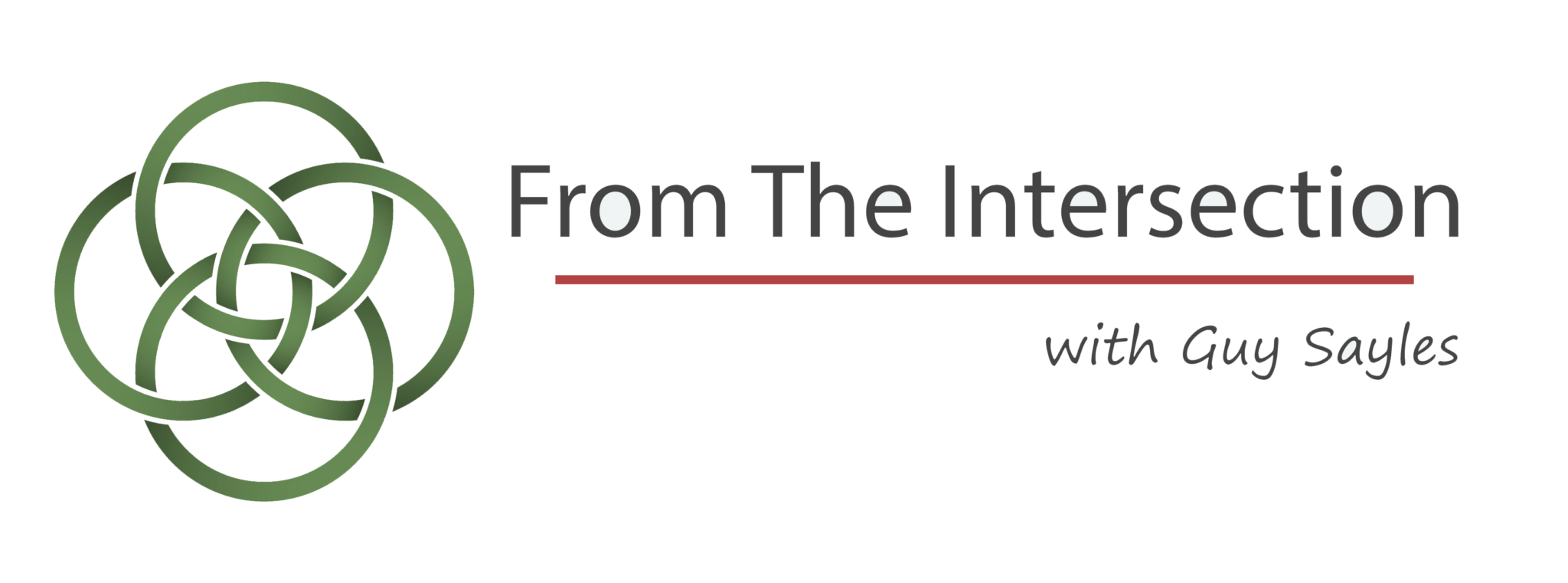
We meet and know each other as bodies: tall, lanky, short, squat, round, lean, and average (whatever average is) bodies; bodies with tattoos and piercings, with scars or sciatica, and with acne or arthritis; stooped and aging bodies, svelte and athletic bodies, sick and dying bodies; bodies in remission and recovery; worn and weary bodies; and—a few—rested and energized bodies.
We don’t just have bodies; we are bodies—more than bodies, of course, but never less. We are bodies and spirits—not either, but both. Marcus Aurelius said too little for the body when he wrote: “You are a soul carrying around a corpse.” We’re not pearls waiting to be freed from our uncomfortable oysters or ghosts trapped in irrelevant machines or souls imprisoned in oppressive bodies.
We can’t neatly separate our bodies and spirits; they are not divisible without remainder. They are seamlessly woven together, which is why it’s difficult to do so-called “spiritual” things—like being patient, compassionate and centered—when our stomachs growl, our feet hurt, our heads throb, we haven’t slept enough, haven’t eaten well, or haven’t had our morning coffee. When we’re weary, hungry and thirsty, it’s harder to love well, to think clearly, and to feel truly.
Humans are body and spirit, brains and minds, hearts and love. We need respiration and crave inspiration. We can’t exist without the circulation of blood, and we can’t live without the connection of relationships. We are biology and biography; what people see is our skin and what we want them to know are our stories.
We’re embodied spirits. Emotional or spiritual experiences are somehow and always physical: they fire across the synapses of our brains and register somewhere in our bodies. Anxiety shallows our breathing and speeds up our hearts. Fear churns in our stomachs. Loss sends tears running down our cheeks. Wonder widens our eyes. Desire burns and twitches in our loins. Joy lightens our steps. Confidence straightens our spines. Hope lifts our heads.
The great gifts of laughter and song are magic conjured from body and spirit. We giggle, snicker, chuckle, and guffaw; and, when we do, our shoulders dance and our faces open up. Sometimes the laughter erupts from the middle of who we are—a “belly laugh,” we call it—and the delight can be so great and uncontrollable that we find ourselves down on the floor, slapping the ground. Norman Cousins called laughter “internal jogging,” and it surely is one of the healthiest things we do.
Singing blends poetry and breath, doxology and diaphragm, thanks and throat, praise and vocal chords, lament and lungs, longing and larynx. Singing embraces and involves the whole person: thinking and feeling, the brain and the body. It gives voice—physical and psychic voice—to life’s deepest, highest, darkest, brightest, and holiest dimensions.
Laughter and song effect and express the unity of body and spirit; they are signs of incarnation.

Recent Comments